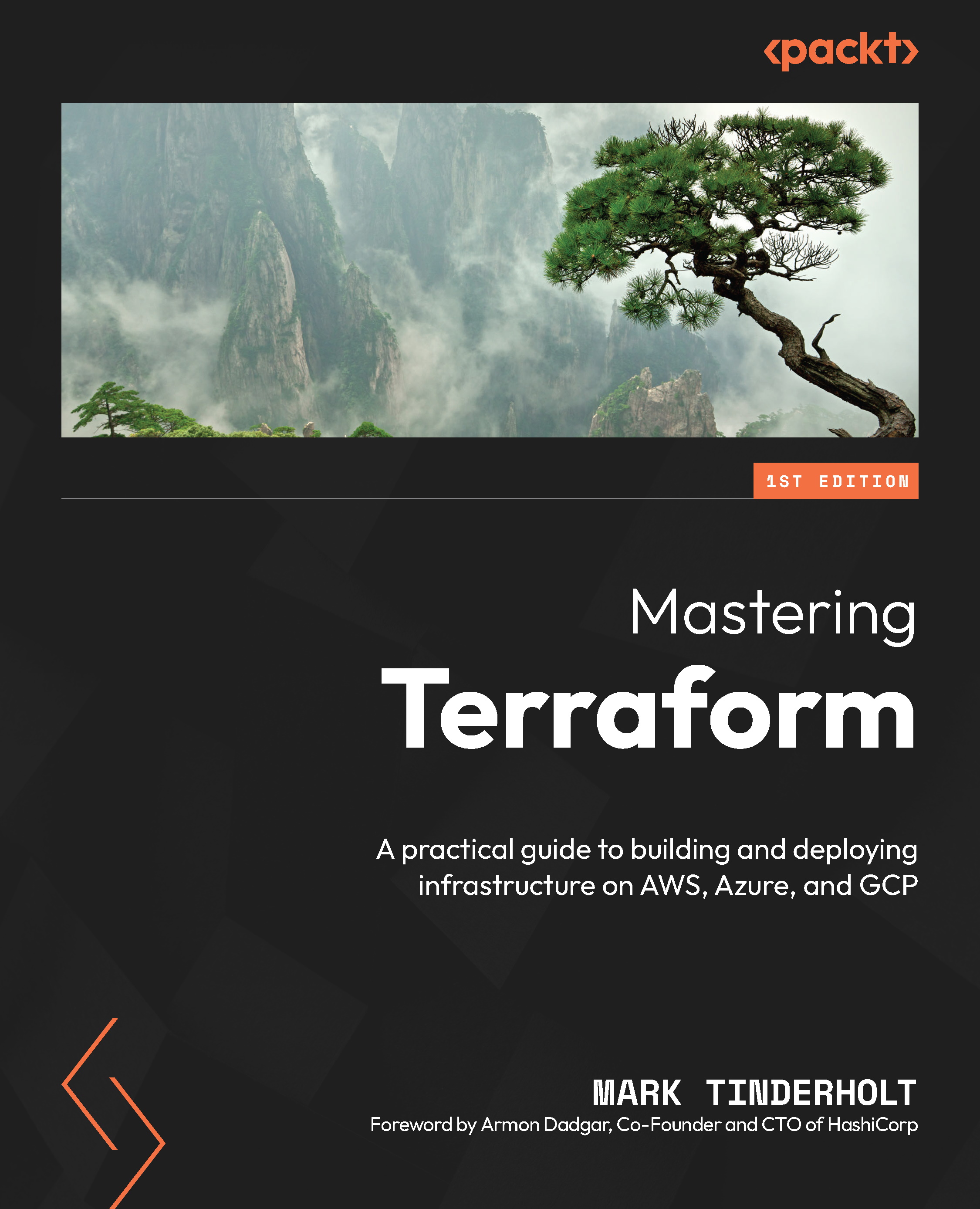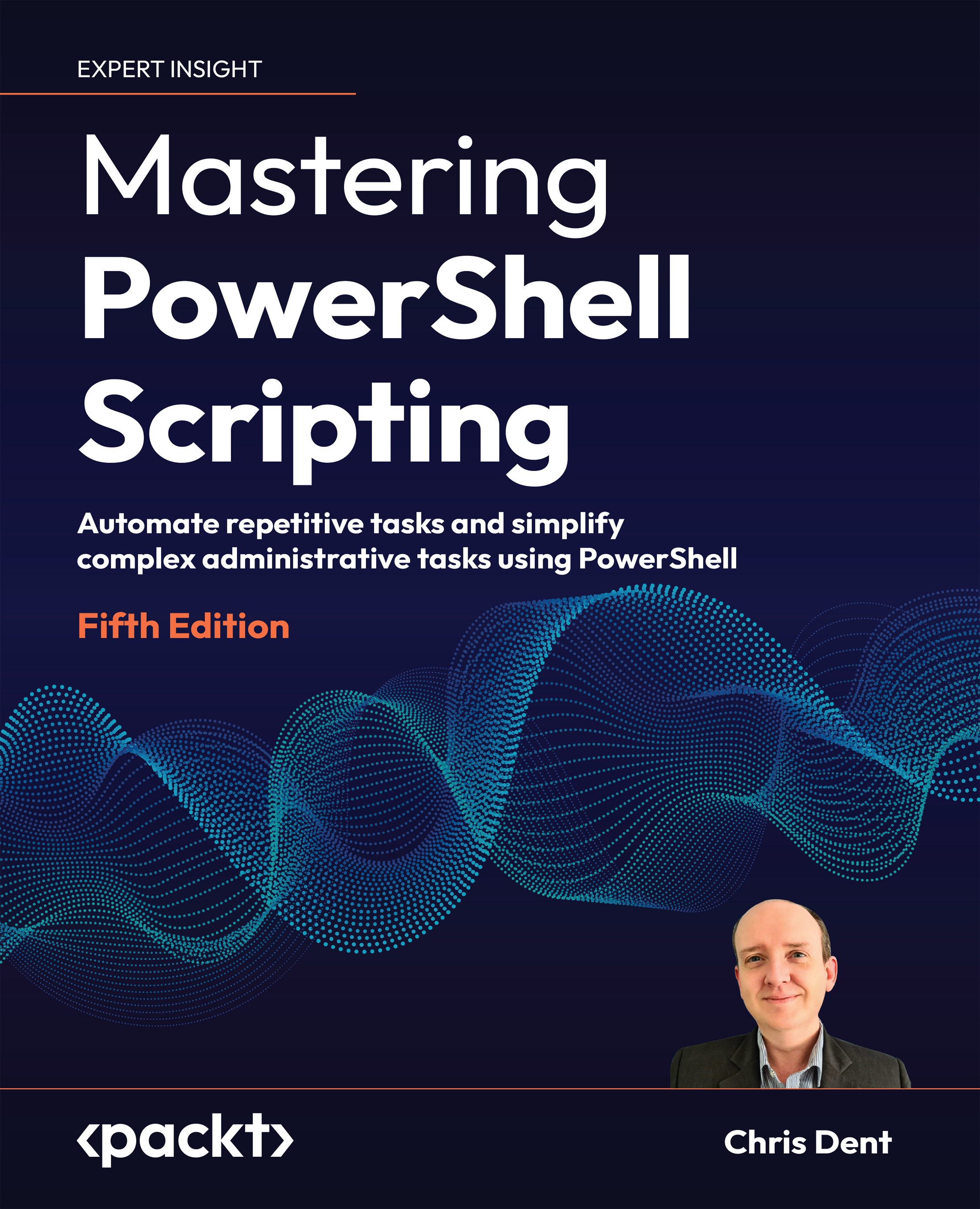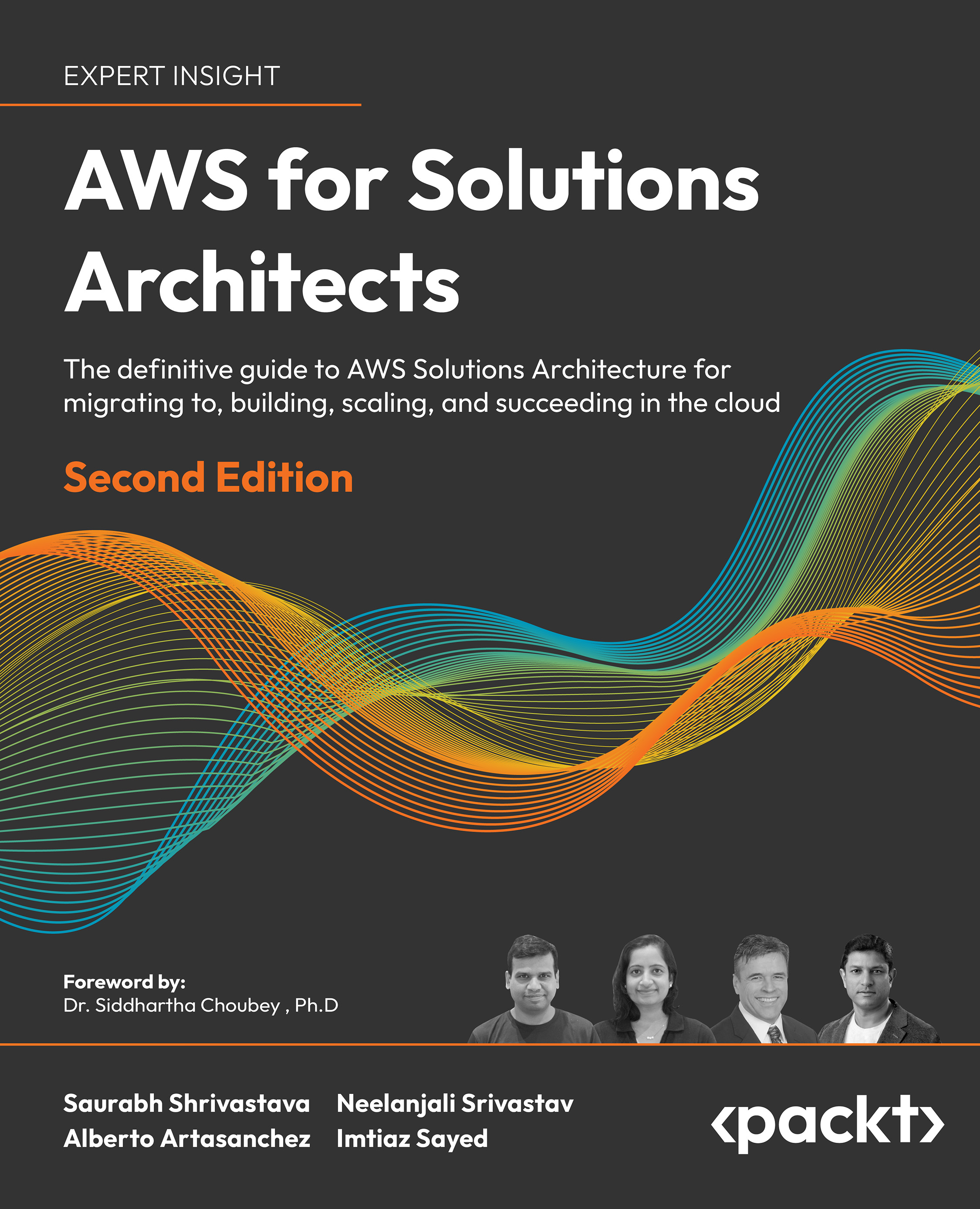Testing is an important part of an SDLC. To maintain quality software, it is necessary that the software solution goes through various test scenarios. Giving less importance to testing can result in customer dissatisfaction and a delayed product.
Since testing is a manual, time-consuming, and repetitive task, automating the testing process can significantly increase the speed of software delivery. However, automating the testing process is a bit more difficult than automating the build, release, and deployment processes. It usually takes a lot of effort to automate nearly all the test cases used in a project. It is an activity that matures over time.
Hence, when beginning to automate the testing, we need to take a few factors into consideration. Test cases that are of great value and easy to automate must be considered first. For example, automate the testing where the steps are the same, although they run with different data every time. Further, automate the testing where software functionality is tested on various platforms. Also, automate the testing that involves a software application running with different configurations.
Previously, the world was mostly dominated by desktop applications. Automating the testing of a GUI-based system was quite difficult. This called for scripting languages where the manual mouse and keyboard entries were scripted and executed to test the GUI application. Nevertheless, today the software world is completely dominated by web and mobile-based applications, which are easy to test through an automated approach using a test automation tool.
Once a code is built, packaged, and deployed, testing should run automatically to validate the software. Traditionally, the process followed is to have an environment for SIT, UAT, PT, and pre-production. First, the release goes through SIT, which stands for system integration testing. Here, testing is performed on an integrated code to check its functionality altogether. If the integration testing is passed, the code is deployed to the next environment, which is UAT, where it goes through user acceptance testing, and then it can lastly be deployed in PT, where it goes through performance testing. In this way, the testing is prioritized.
It is not always possible to automate all the testing. But, the idea is to automate whatever testing that is possible. The preceding method discussed requires the need to have many environments and also a higher number of automated deployments into various environments. To avoid this, we can go for another method where there is only one environment where the build is deployed, and then the basic tests are run, and after that, long-running tests are triggered manually.
 United States
United States
 Great Britain
Great Britain
 India
India
 Germany
Germany
 France
France
 Canada
Canada
 Russia
Russia
 Spain
Spain
 Brazil
Brazil
 Australia
Australia
 Singapore
Singapore
 Hungary
Hungary
 Ukraine
Ukraine
 Luxembourg
Luxembourg
 Estonia
Estonia
 Lithuania
Lithuania
 South Korea
South Korea
 Turkey
Turkey
 Switzerland
Switzerland
 Colombia
Colombia
 Taiwan
Taiwan
 Chile
Chile
 Norway
Norway
 Ecuador
Ecuador
 Indonesia
Indonesia
 New Zealand
New Zealand
 Cyprus
Cyprus
 Denmark
Denmark
 Finland
Finland
 Poland
Poland
 Malta
Malta
 Czechia
Czechia
 Austria
Austria
 Sweden
Sweden
 Italy
Italy
 Egypt
Egypt
 Belgium
Belgium
 Portugal
Portugal
 Slovenia
Slovenia
 Ireland
Ireland
 Romania
Romania
 Greece
Greece
 Argentina
Argentina
 Netherlands
Netherlands
 Bulgaria
Bulgaria
 Latvia
Latvia
 South Africa
South Africa
 Malaysia
Malaysia
 Japan
Japan
 Slovakia
Slovakia
 Philippines
Philippines
 Mexico
Mexico
 Thailand
Thailand
















